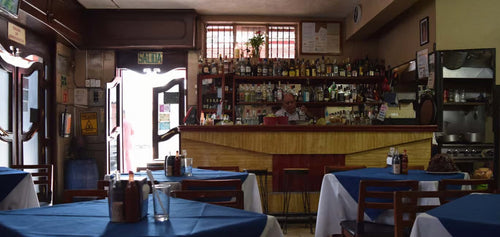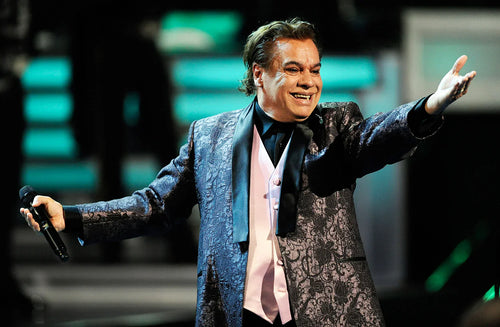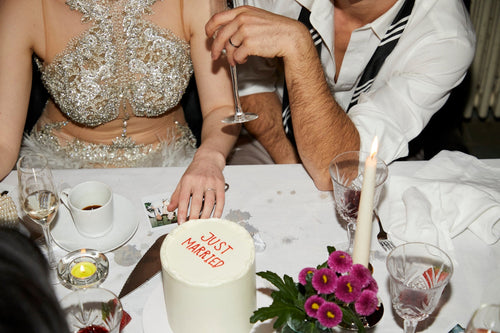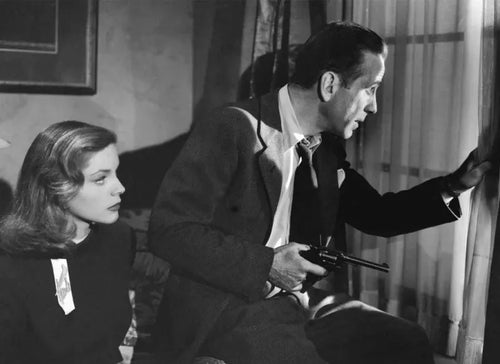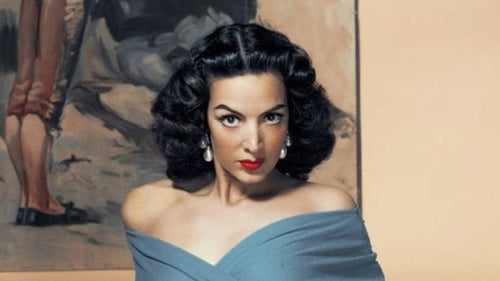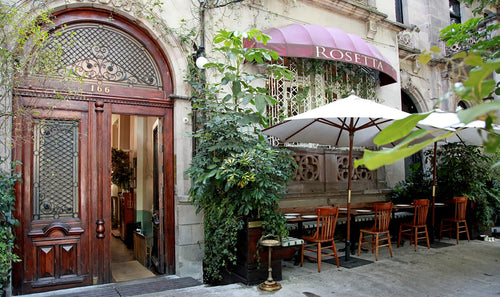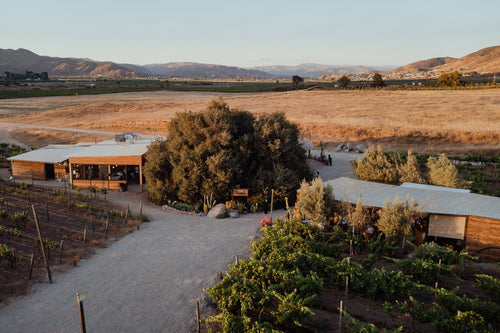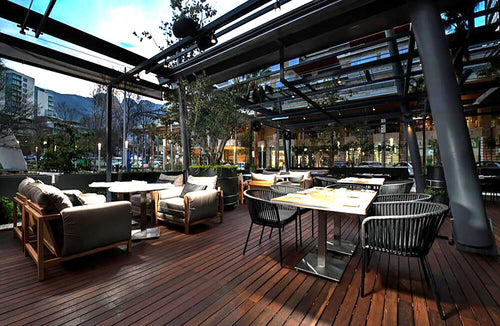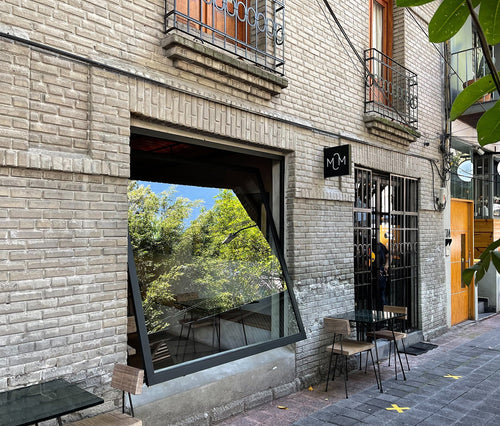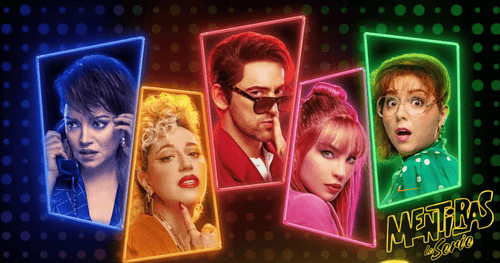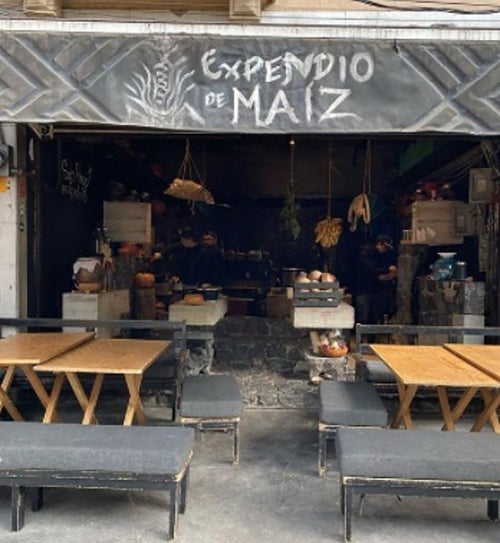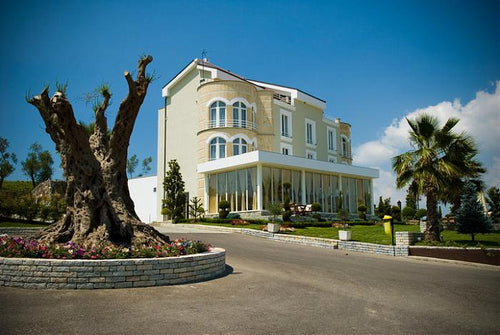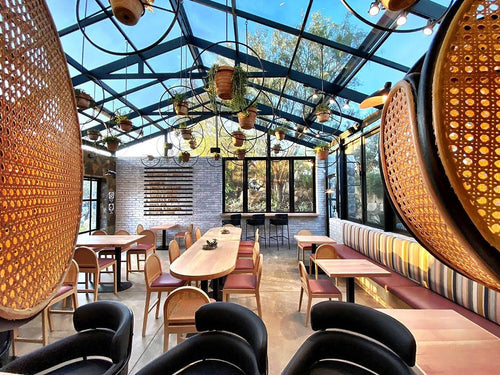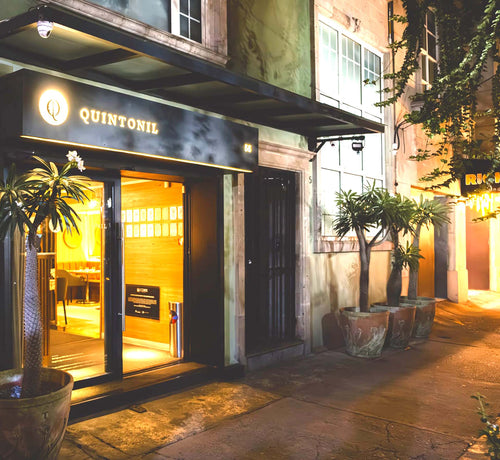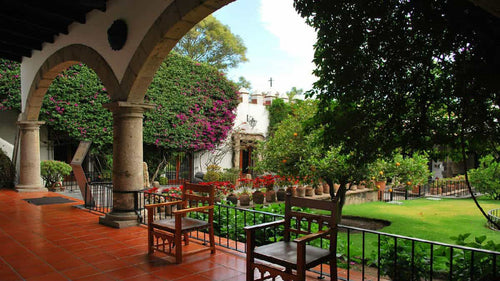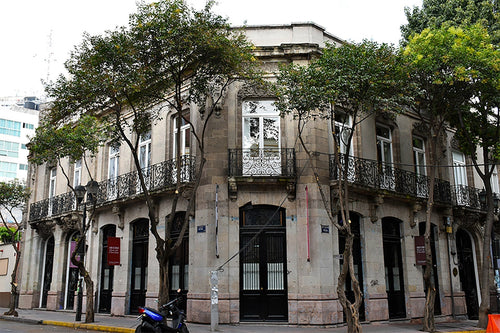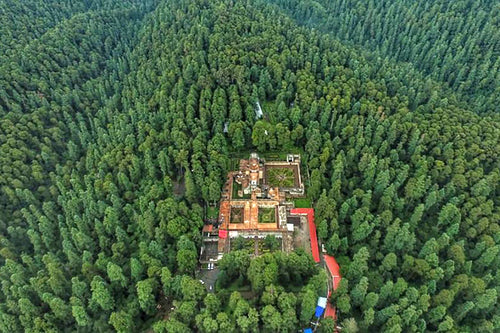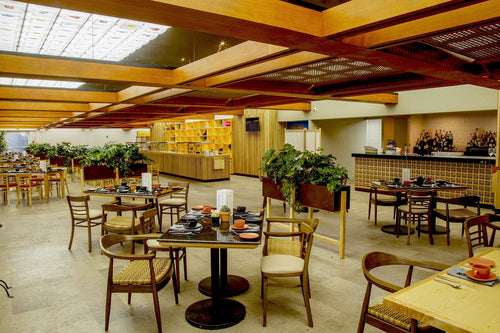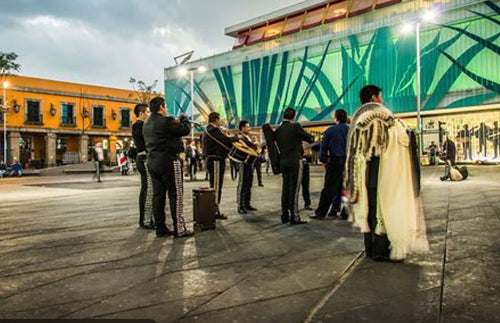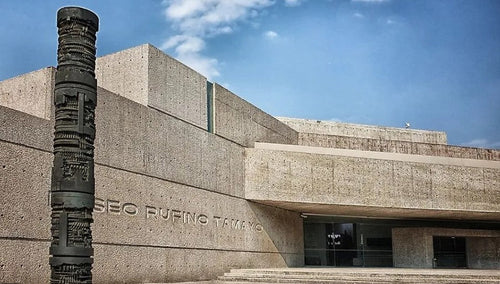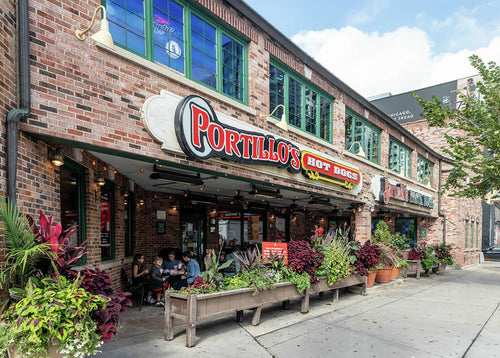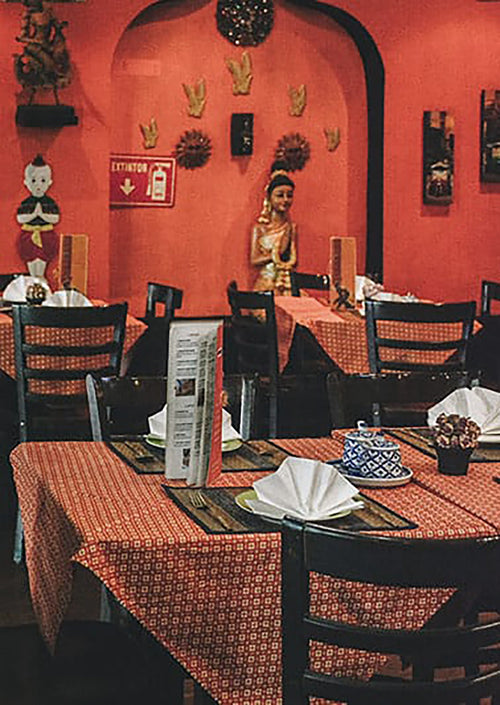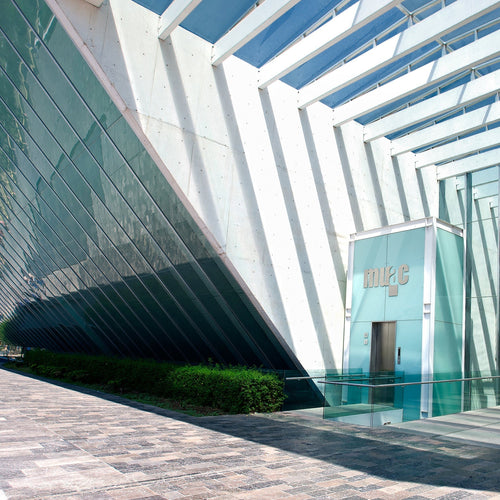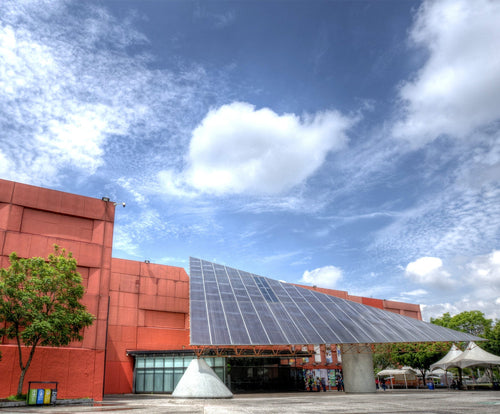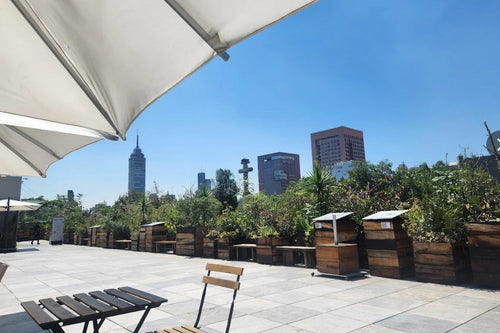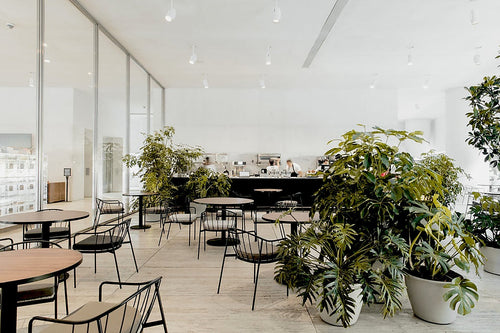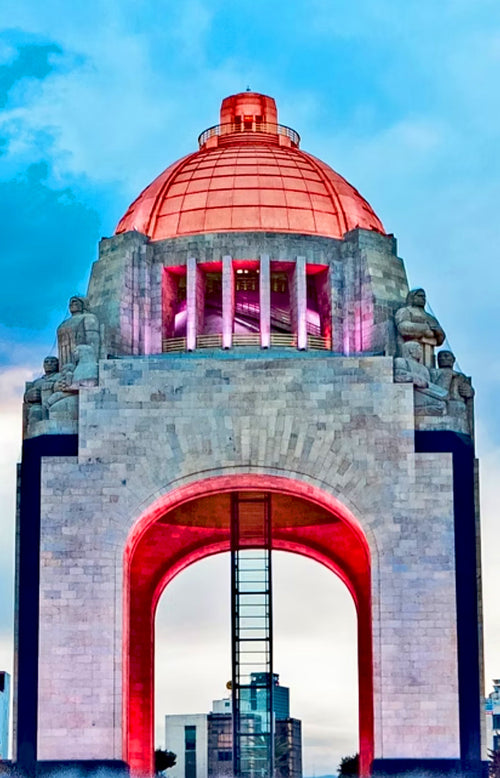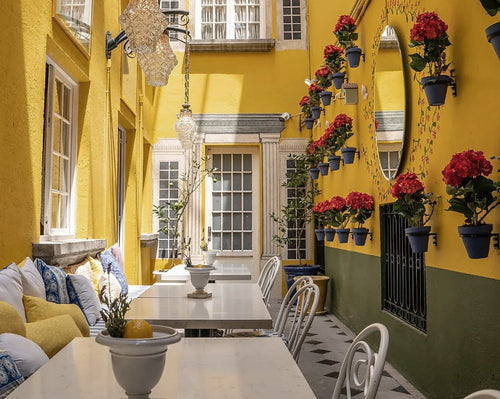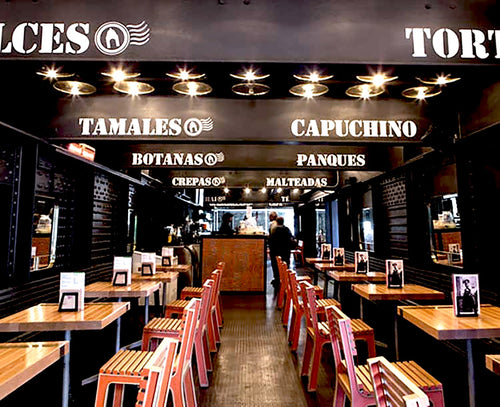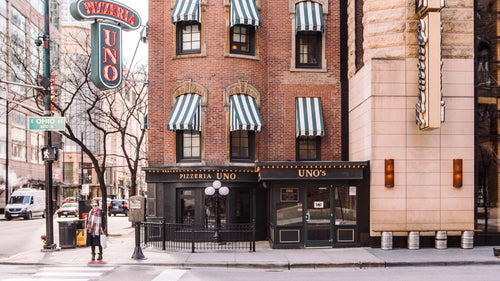Bygone Places in Mexico City / Salón Colonia: The Cathedral of Danzón
One of the most striking features of this dance hall was an element that would be impossible to display today: a giant head of a Black man whose eyes moved.
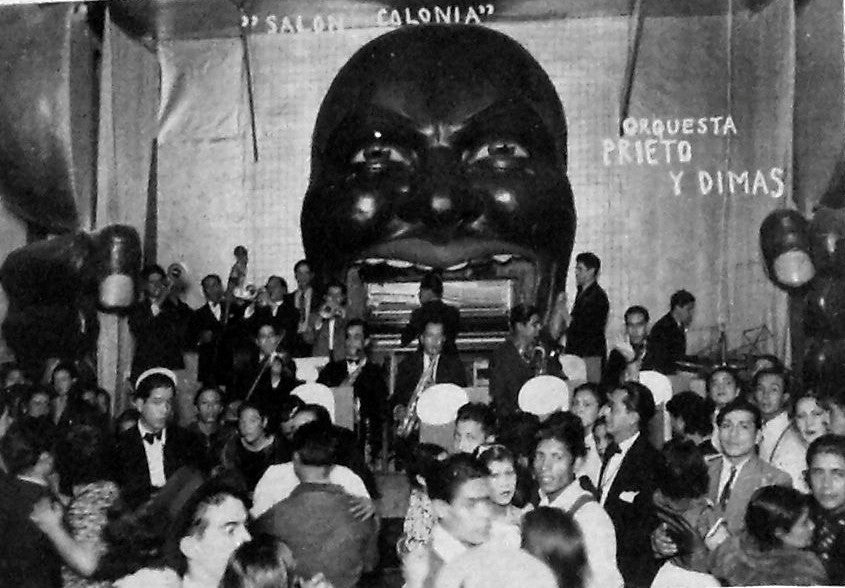
By Alejandro Pohlenz
In 1991, a film directed by María Novaro (b. 1950) made a lasting mark on Mexican cinema: Danzón. In it, Julia, brilliantly portrayed by María Rojo, a telephone operator with a daughter, “shines on the dance floor of Salón Colonia with her dance partner, Carmelo (Daniel Rergis).”
The History of Salón Colonia
Located in Colonia Obrera, like many other dance halls founded in the early 20th century, Salón Colonia opened its doors to danzón enthusiasts in 1922. It was created by the Jara brothers.
Where did the danzón originate?
The danzón danced throughout Mexico—even in public squares and parks—originated in Cuba around 1879. Salón Colonia, which survived for 81 years, was considered the cathedral of danzón, reaching its peak between the 1930s and 1950s (though its popularity surged again after the film mentioned above).
“El Negro”
Bands such as Dimas, Acerina, Felipe Urbán and his danzonera, La Playa, and La Tropical Aragón performed here. A central decorative element, called “El Negro,” would today be seen as culturally insensitive. It was a giant head of a person of African descent: the pianist played inside its mouth, the eyes twitched like old gas station lights, and the hands held maracas.
Decline and Closure
A 2003 La Jornada article mentions labor disputes that forced security to remove all the hall’s belongings to the street. Other sources cite financial difficulties or the simple reality that “the numbers no longer added up.” The building was eventually demolished.
The fascinating part: the iconic “El Negro” survived and now has a home in the Museo del Juguete Antiguo México (MUJAM).
Address: Calle Manuel Flores, Colonia Obrera, Mexico City, Mexico
Permanently Closed




